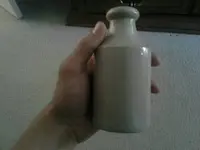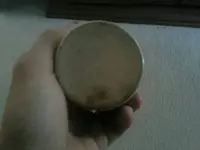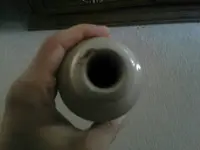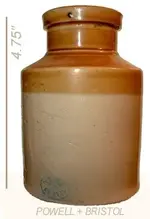metaldetecta
Hero Member
- Joined
- Jun 10, 2013
- Messages
- 608
- Reaction score
- 607
- Golden Thread
- 0
- Location
- Michigan Troll
- 🏆 Honorable Mentions:
- 1
- Detector(s) used
- Ace 250, AT Pro and Garret Pro Pointer
- Primary Interest:
- All Treasure Hunting
- #1
Thread Owner
I found this in a dump that was recently destroyed by a bulldozer. I am assuming this is from the early 1900s or late 1800s. Is my estimate correct? Does anybody know what this was used for? This is not a recent find. Thanks!







